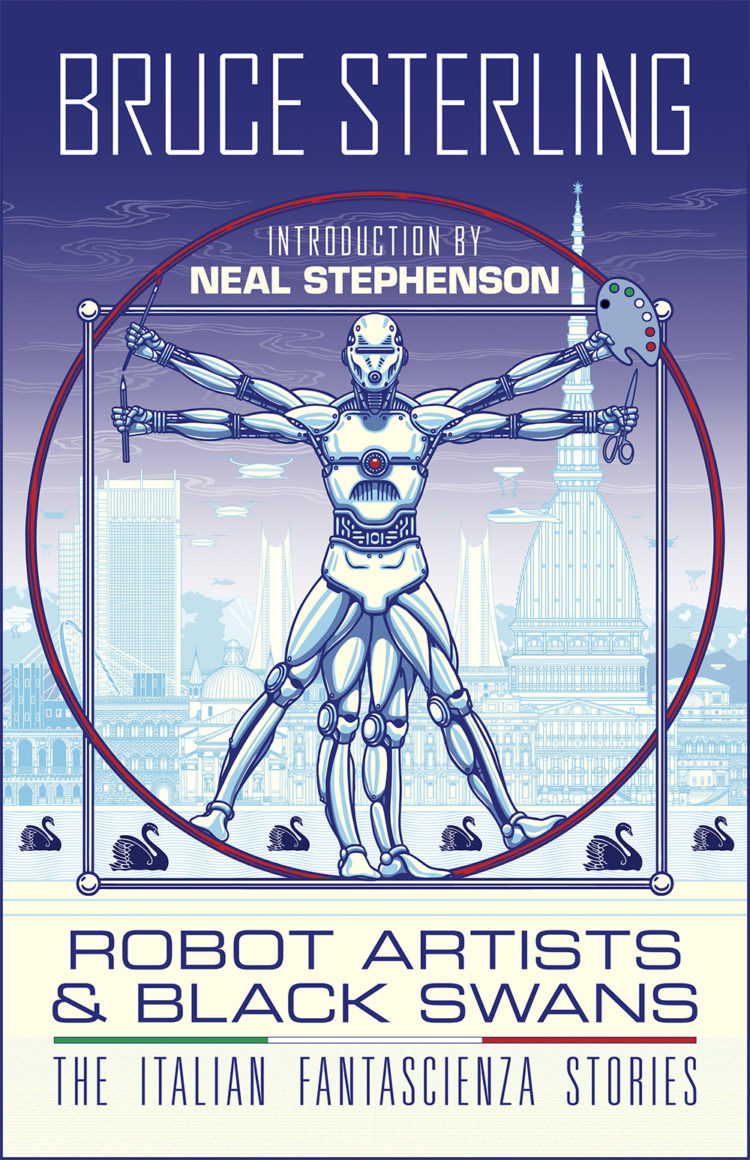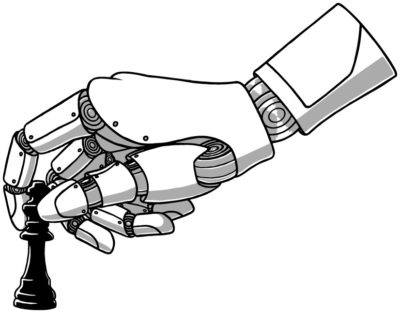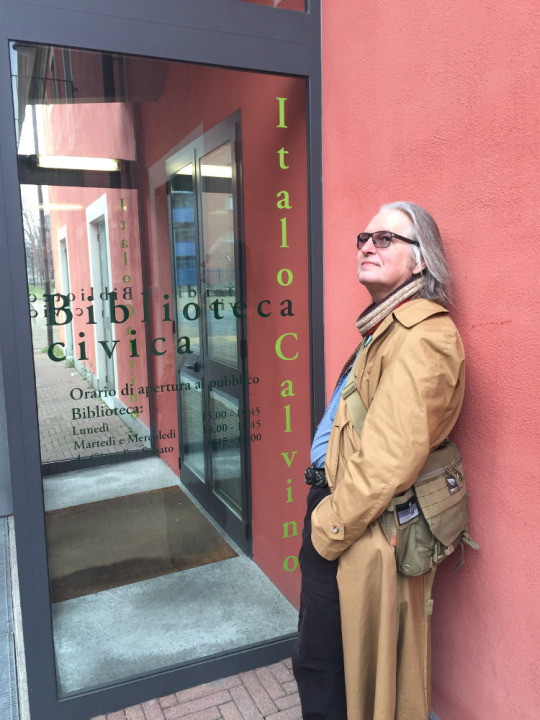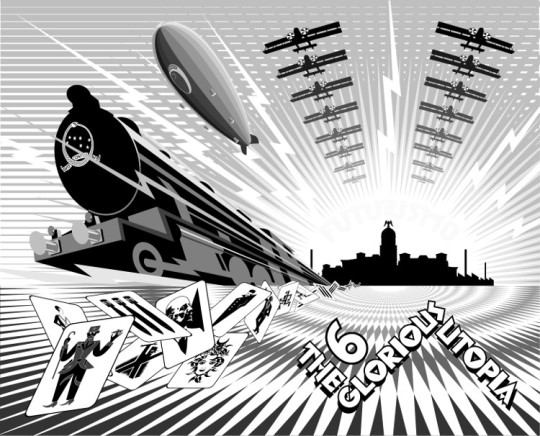The visionary Bruce Sterling’s sharp and witty ROBOT ARTISTS & BLACK SWANS is thoroughly entertaining
With just about one month until publication, Bruce Sterling’s ROBOT ARTISTS & BLACK SWANS: THE ITALIAN FANTASCIENZA STORIES continues to garner praise. The book is currently available for pre-order from all finer booksellers or directly from Tachyon.

For BOOKLIST, Ben Segedin enjoys the book.
Sterling is a visionary, equally at home writing about the future as he is of the past, and his inspired prose continues to provoke and satisfy. For his latest foray in storytelling, Sterling adopts the Italian persona, Bruno Argento, “an unlikely ‘cyber-punk’ Texan who somehow decides to become Turinese,” in order to mine the treasures of his adoptive country in this series of fantastic (or fantascienza) stories. As Argento, Sterling embraces his new identity wholeheartedly, evoking such former denizens of the locale as Italo Calvino, Primo Levi (who wrote sf under the moniker Damiano Malabaila), even Friedrich Nietzche (who resided there while madness overtook him).
[…]
Sharp, witty, erudite dialogue keeps the stories moving along.

Paul Di Filippo at LOCUS expresses similar sentiments.
In short, this thoroughly entertaining collection of nimble and bright tales embodies one Italian quality above all: sprezzatura. From the Wikipedia entry on same:
Sprezzatura is an Italian word that first appears in Baldassare Castiglione’s 1528 The Book of the Courtier, where it is defined by the author as “a certain nonchalance, so as to conceal all art and make whatever one does or says appear to be without effort and almost without any thought about it.” It is the ability of the courtier to display “an easy facility in accomplishing difficult actions which hides the conscious effort that went into them.” Sprezzatura has also been described “as a form of defensive irony: the ability to disguise what one really desires, feels, thinks, and means or intends behind a mask of apparent reticence and nonchalance.”
That’s Signore Sterling’s artistry to a tee.

Di Filippo also singles out John Coulthart’s contribution.
Before examining the actual stories, let me just pause to praise the John Coulthart cover art and interior illustrations; their cool formalism invokes a similar kind of old-world air of abstraction.

CIVILIAN READER interviews Sterling.
Your latest book, Robot Artists and Black Swans, will be published by Tachyon in March 2021. It looks really interesting: How would you introduce it to a potential reader?
It’s a literary conceptual-art piece. I was an American science fiction writer spending time in Italy, so I naturally thought, “I should write some science fiction about Italy!”
But then I surmised: “What kind of science fiction would I write if I myself was Italian?” Then, instead of me peering through a keyhole as a puzzled foreigner, it was like a vast door had opened up into the marbled streets.
Where do you draw your inspiration from in general, and are there any particular influences for the stories in your new collection?
I combine things I see while wandering around Turin with some new, personal methods of research. The extent of European cultural archives is fantastic. There’s so much in the libraries, so much online, and in so many languages — in Italy you can stumble over some minor curiosity from 500 years ago, and there’s such a density of historic information about it that it seems to explode.
Also, most of my Turinese friends are not literary people; they’re designers, crafts people or technology artists, so while they’re talking shop in their comfort-zone, I’m on a magic carpet ride.




